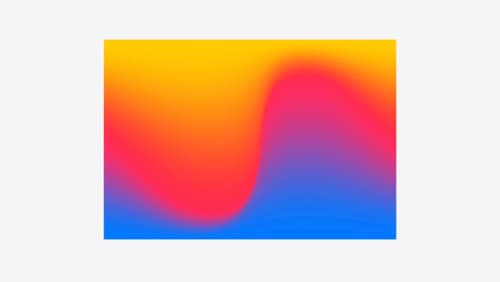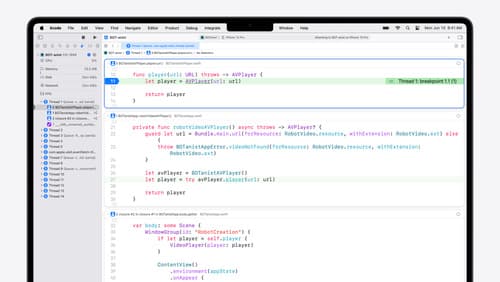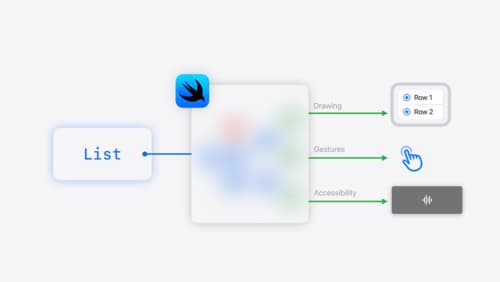how to track scroll in swiftui
Asked on 2025-03-17
1 search
To track scroll in SwiftUI, you can use the new APIs introduced in the latest updates. Specifically, SwiftUI now provides more granular control over scroll views with the onScrollGeometryChange modifier. This allows you to react to changes in content, offsets, content size, and more. For example, you can detect when a view's visibility changes due to scrolling, enabling you to create experiences centered around content moving on or off the screen.
For more detailed information, you can refer to the session What’s new in SwiftUI (16:18) where scrolling enhancements are discussed.

Create custom visual effects with SwiftUI
Discover how to create stunning visual effects in SwiftUI. Learn to build unique scroll effects, rich color treatments, and custom transitions. We’ll also explore advanced graphic effects using Metal shaders and custom text rendering.

What’s new in Xcode 16
Discover the latest productivity and performance improvements in Xcode 16. Learn about enhancements to code completion, diagnostics, and Xcode Previews. Find out more about updates in builds and explore improvements in debugging and Instruments.

SwiftUI essentials
Join us on a tour of SwiftUI, Apple’s declarative user interface framework. Learn essential concepts for building apps in SwiftUI, like views, state variables, and layout. Discover the breadth of APIs for building fully featured experiences and crafting unique custom components. Whether you’re brand new to SwiftUI or an experienced developer, you’ll learn how to take advantage of what SwiftUI has to offer when building great apps.
